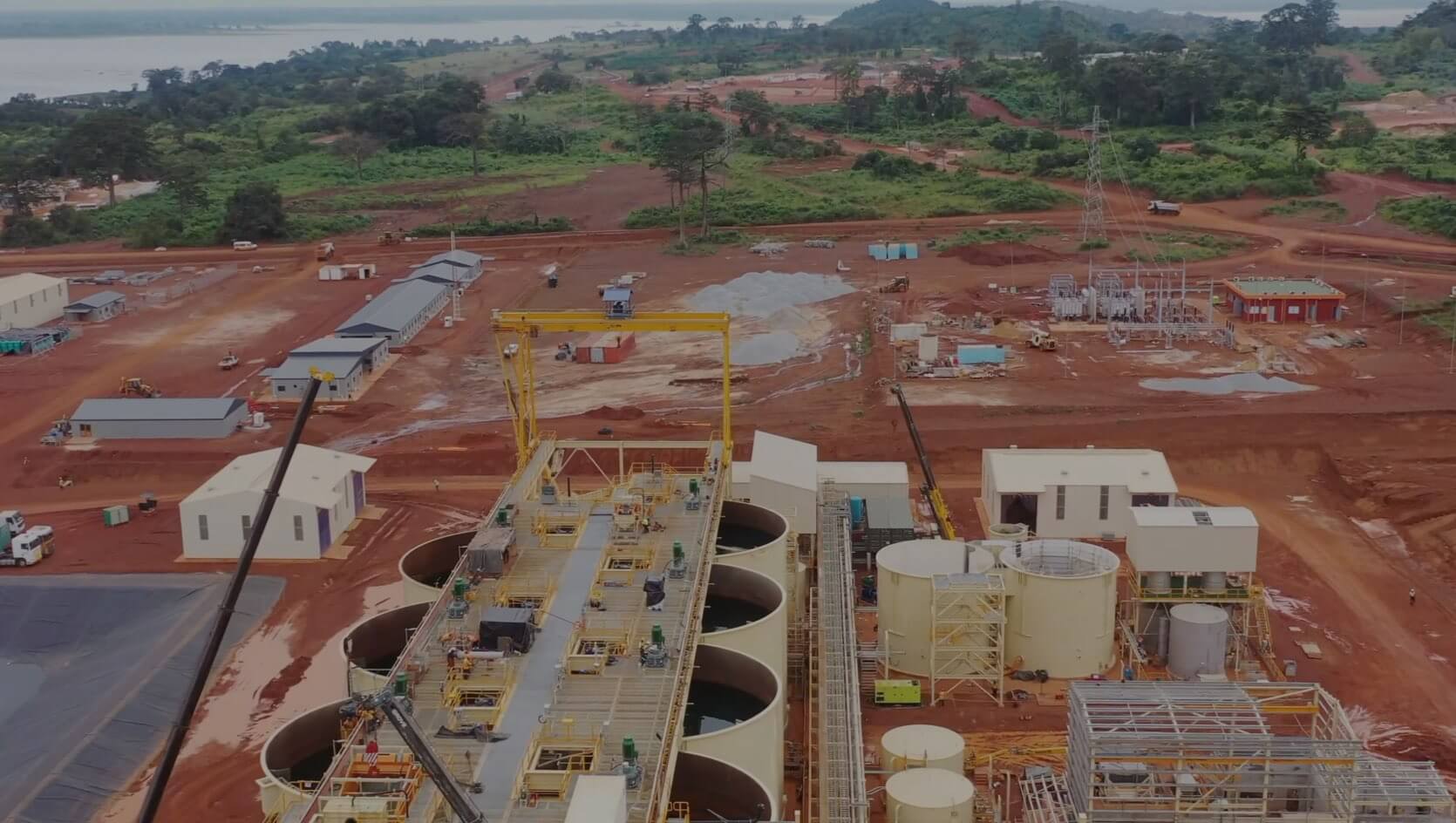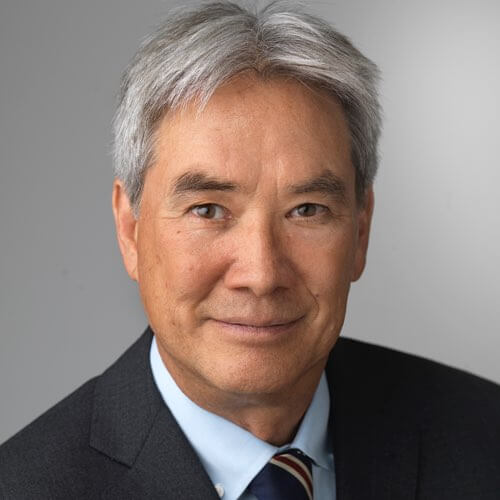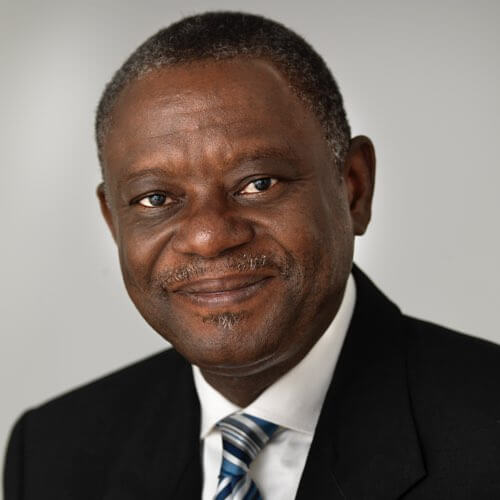Nyanzaga Gold Project
80% owned by Perseus
Project Overview
Nyanzaga Gold Project’s updated Mineral Resource Estimate consists of two discrete but adjacent deposits: Nyanzaga and Kilimani. Following acquisition, Perseus completed a revised Mineral Resource estimate leading to new Measured and Indicated (M&I) Mineral Resources. The combined M&I Mineral Resource for the NGP is estimated at 74.2 Mt grading 1.33 g/t Au, containing 3.2 Moz of gold. A further 15.0 Mt of material grading 1.2 g/t Au, containing 584 koz of gold are classified as Inferred Mineral Resources (see table below).
A second phase of resource definition drilling is currently underway at the NGP with the aim of converting Inferred Mineral Resources into Indicated Mineral Resources, which would potentially enable the Ore Reserve to be materially expanded and the life of the NGP operation extended during the second phase of the Project, beyond the currently projected 11-year mine life.
PROJECT LOCATION MAP

OVERVIEW OF WORK PROGRAMS
A FID to proceed with developing the NGP builds upon Perseus’s demonstrated capacity to successfully develop and efficiently operate modern gold mines on the African continent.
Construction of the RAP housing is well progressed, with Priority 1 Project Affected Persons from the permanent camp and process plant areas already relocated to their new homes.
Early Works Construction activities commenced in 2024 and include site establishment, installation of temporary construction accommodation, and bulk earthworks for the SML perimeter fence line, permanent camp and process plant areas. Additionally, procurement of key equipment and materials has progressed to bolster Perseus’s self-perform capabilities.
Table 1: NGP Mineral Resources
| Project | Measured Resources | Indicated Resources | Measured & Indicated Resources | Inferred Resources | ||||||||
|---|---|---|---|---|---|---|---|---|---|---|---|---|
| Quantity Mt | Grade g/t gold | Gold ‘000 oz | Quantity Mt | Grade g/t gold | Gold ‘000 oz | Quantity Mt | Grade g/t gold | Gold ‘000 oz | Quantity Mt | Grade g/t gold | Gold ‘000 oz | |
| Nyanzaga | – | – | – | 71.1 | 1.34 | 3,061 | 71.1 | 1.34 | 3,061 | 14.6 | 1.2 | 571 |
| Kilimani | – | – | – | 3.1 | 1.00 | 101 | 3.1 | 1.00 | 101 | 0.4 | 1.2 | 13 |
| Total | – | – | – | 74.2 | 1.33 | 3,162 | 74.2 | 1.33 | 3,162 | 15.0 | 1.2 | 584 |
- Based on October 2024 Mineral Resource estimate
- 0.3 g/t gold cut-off applied to in-situ open pit material
- In-situ open pit resources are constrained to US$2,000/oz pit shells
- Rounding of numbers to appropriate precision may result in summary inconsistencies
- Mineral Resources are inclusive of Ore Reserves
- Mineral Resources are reported on a 100% basis
Table 2: Nyanzaga Project Proved and Probable Ore Reserves
| Project | Proved | Probable | Proved and Probable | ||||||
|---|---|---|---|---|---|---|---|---|---|
| Quantity Mt | Grade g/t gold | Gold ‘000 oz | Quantity Mt | Grade g/t gold | Gold ‘000 oz | Quantity Mt | Grade g/t gold | Gold ‘000 oz | |
| Nyanzaga | – | – | – | 49.4 | 1.42 | 2,255 | 49.4 | 1.42 | 2,255 |
| Kilimani | – | – | – | 2.6 | 1.02 | 86 | 2.6 | 1.02 | 86 |
| Total | – | – | – | 52 | 1.4 | 2,342 | 52 | 1.4 | 2,342 |
- Based on October 2024 Mineral Resource estimate
- Based on April 2025 Ore Reserve estimate
- Pit designs are based on US$1,700/oz gold metal price
- Variable gold grade cut-offs for each material type, ranging from 0.33 g/t to 0.6 g/t
- Inferred Mineral Resource is considered as waste for optimisation purposes
- Rounding of numbers to appropriate precision may have resulted in apparent inconsistencies
Geology
The Nyanzaga and Kilimani deposits are 450m apart and located on the north-eastern flank of the Sukumaland Archaean Greenstone Belt. They are hosted within Nyanzian greenstone volcanic rocks and sediments typical of greenstone belts of the East African craton. Both are orogenic gold deposit types.
The Nyanzaga deposit occurs within a sequence of folded Nyanzian sedimentary and volcanic rocks. The current interpretation of the Nyanzaga deposit has recognised a sequence of mudstone, sandstone and chert that are interpreted to form a northerly plunging antiform. The mineralisation is hosted by a cyclical sequence of chemical and clastic sediments (chert/sandstone/siltstone) bound by footwall and hanging wall volcanoclastic units
At Kilimani, most of the recognised mineralisation occurs in the oxidised profile. Where intersected in fresh material, the mineralisation is associated with strongly carbonate stock work and disseminated replacement. Mineralisation at Kilimani is reported as stratigraphically controlled in thin chert, mudstone and sandstones.
Distribution of gold mineralisation at Kilimani is related to dilation associated with competency contrast near the sedimentary cycle boundaries resulting in stratabound mineralisation; and sub-vertical faulting, fracturing and brecciation related to the folding and subsequent shearing along the NE limb of the fold.
Sustainable Development
The Project area is located within Igalula Ward where the primary source of livelihood for most households is subsistence farming with approximately 12% depending on other sources, including artisanal mining, fishing, salaried employment, general labour, livestock keeping and small trading. A resettlement policy framework was developed as part of the resettlement planning for the Project and housing construction is scheduled for completion in October 2025. We have commenced a comprehensive community engagement strategy.
An Environmental and Social Impact Assessment (ESIA) and Environmental Management Plan (EMP) have been completed.
The Health, Safety and Environmental (HSE) framework for the NGP will align with our HSE Management System, supported by contractors during the construction phase, and will include the application of group-wide risk tools and fatality risk controls.
We have developed a Project Security Development Plan, aligned with our standards, Tanzanian legislation and the Voluntary Principles on Security and Human Rights.
Water SUPPLY
Project water make-up supplies will be extracted from Lake Victoria, with the water balance indicating an average flow rate of 50-350 m3 /h is required once the TSF decant return water supply becomes available (dependent on the season). Raw water supply will be supplemented by groundwater extracted from dedicated boreholes. Process water will be predominantly supplied by water recovered from the TSF decant.
Perseus Mining Yaouré Site Visit























